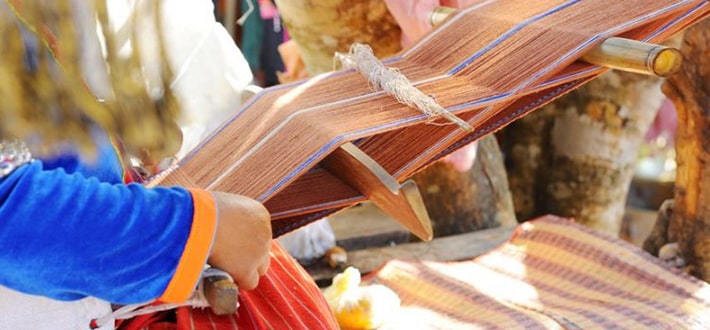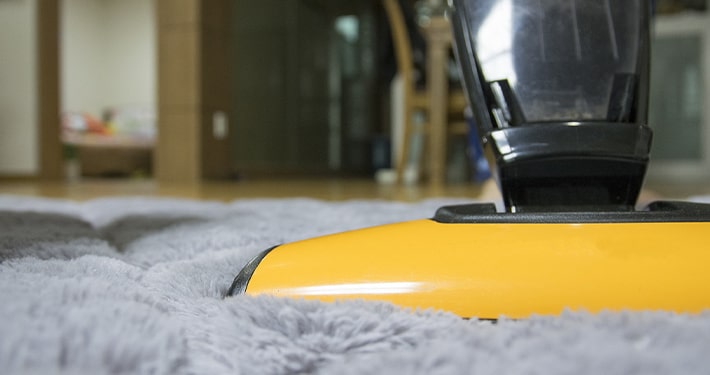Hand-knotted Oriental rugs are undeniably beautiful and historic. They make amazing additions to any home, and can bring beauty and style to any aesthetic. High quality Oriental rugs can last a lifetime, and often become valuable heirlooms passed down through the generations. Due to the long history behind these rugs, there’s also a lot to learn about them, including the various types of knots used. There are three knots you’ll find used, although there are five different names applied to those three knots.
Jufti
The jufti knot is the least commonly used, and carries only the single moniker. It involves wrapping yarn around four different fiber strands at once, which results in a lower knots per square inch rating, reduced definition of the rug’s pattern, and a rougher, or coarser, feel to the rug, as well. Note that rugs made with this type of knot will generally not have the same lifespan as those made with the other two types of knots.
Senneh
The senneh knot, also called the Persian knot, is found in rugs from a wide range of Eastern and Middle Eastern nations. Yarn is wrapped around two strands, but only one of them completes a full circle. The yarn then passes once more behind the warp so that both ends finish with just a single warp between them. Knots can be formed either to the right or the left, as well. This type of knot is associated with some of the finest detail in rug patterns, and has a very high knot per square inch rating.
Ghiordes
Also called the Turkish knot, this one originated in Turkey but has spread throughout the Middle East, and is prevalently found in Iranian work, as well as Kurdish rugs. In this knot, yarn wraps around two strands, with the ends then pulled back through toward the outside of those strands. This places the ends within the same warp, and helps create one of the strongest weaves possible. While it does not have the same definition as the senneh knot, the ghirodes knot is used in many heirloom quality rugs.
How to Tell Which Knot Was Used
Understanding the three knots that might be used in an Oriental rug is important, but that knowledge is useless if you cannot spot the difference in real life. To do this, you’ll need to flip the rug over so you can look at it from underneath. The type of knot used should never be visible from the top.
Location the spot where a single knot is tied. Check to see if there are only two loops visible. If that’s the case, then the ghirodes knot was used. If you see a single loop, then your rug was made with senneh knots. If the knot count is less than half of the warp count, then you likely have a rug made with jufti knotting.
If you’re still struggling to determine the right rug for your home, working with a reputable rug dealer will make a difference.






